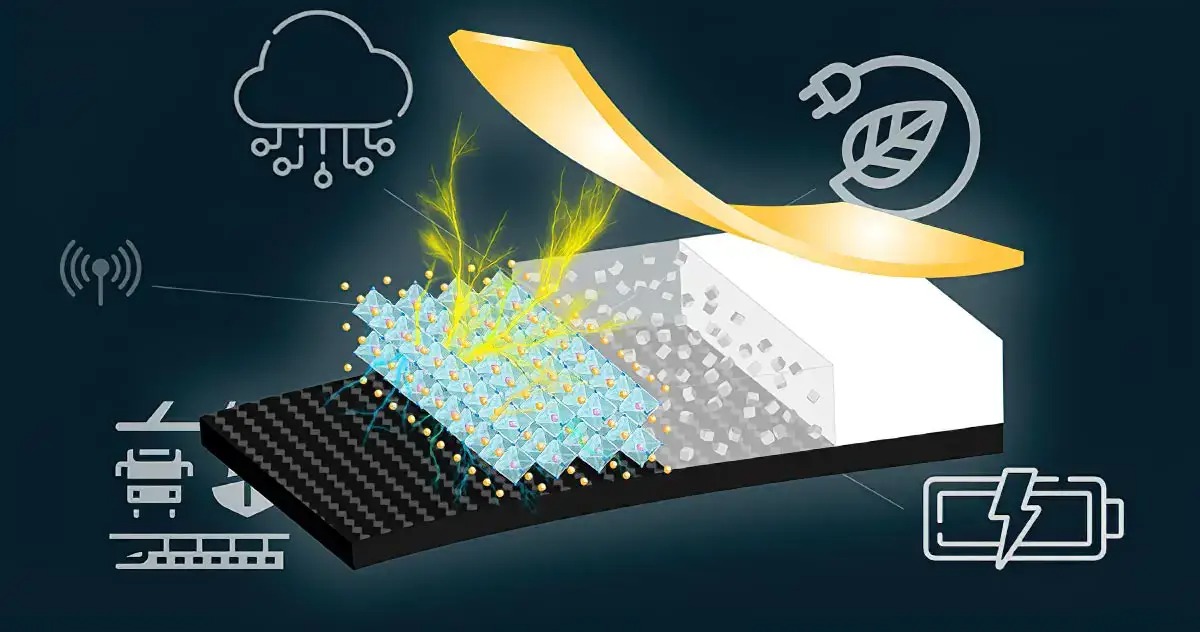An international research group has got its hands on a real "energy mystery", creating a device capable of taking vibrations from the surrounding environment and transforming them into electrical energy.
The fruit of their work just published in Nano Energy (I link it here) could completely change the way we power our devices.
C-PVEH: energy from Nothing? Almost.
More and more everyday objects are connected: from the fridge to street lights, large and small devices require energy to function and to communicate with each other.
And it is precisely here that C-PVEH comes into play by converting environmental vibrations into usable electrical energy: a feature that goes hand in hand with the internet of things, to make the many small devices scattered throughout our home networks increasingly autonomous ( and urban).
How does it work?

The device developed by the team, called C-PVEH, uses a combination of piezoelectric materials and a carbon fiber reinforced polymer, known as CFRP. It is efficient, durable and appears to be the ideal solution for powering these IoT devices. “We have been thinking about whether a vibration energy harvester (PVEH), which uses the strength of CFRP together with a composite piezoelectric, it could be a more efficient and durable means of energy harvesting,” he says I smoke Narita, co-author of the study (that I link to you here) and professor at Tohoku University's Graduate School of Environmental Studies.
And how did it go? Good vibes
The C-PVEH did not disappoint expectations. Tests and simulations have shown that the device can maintain high performance even after being folded more than 100.000 times. It has demonstrated the ability to store the energy generated and power LED lights. Furthermore, it outperformed other KNN-based polymer composites in terms of energy production density.
This new invention looks set to push the development of self-made IoT sensors, leading to more energy-efficient IoT devices. Not only that, Narita and his colleagues are excited about the technological advancement of their device. The mix of excellent energy-producing density and high strength could drive future research into other composite materials for different applications.


